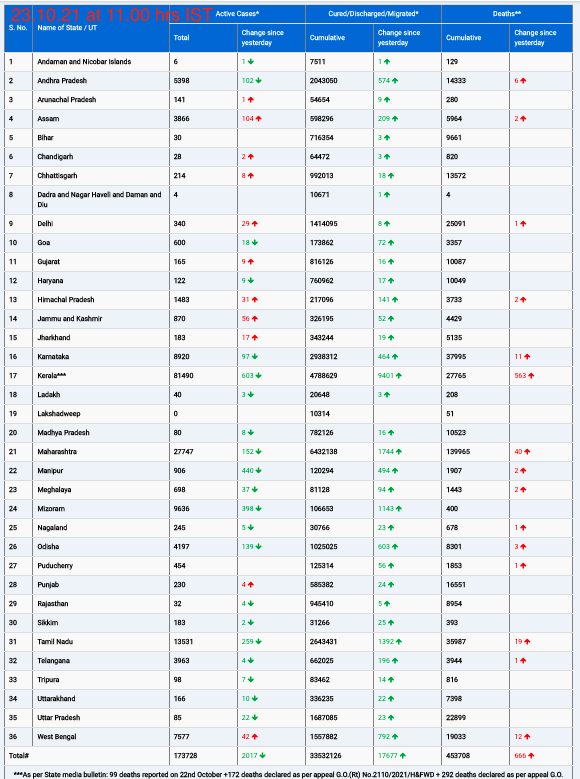In the face of escalating climate change, heat waves have emerged as a significant threat among extreme weather events. Their detrimental effects on health, including heat strokes and exacerbated psychiatric conditions, are well-documented. However, comprehensive global data on heat wave mortality has been lacking—until now. A study published in May by PLoS Medicine offers the first high-resolution global map of heat wave mortality from 1990 to 2019, revealing Southern Europe, especially Italy, as one of the most affected regions.
The Study and Findings
An international research team led by Monash University in Melbourne, Australia, gathered data from 750 locations to assess heat wave mortality. Heat waves were identified as periods when temperatures exceeded the 95th percentile of the annual average for more than two consecutive days. The researchers calculated a global estimate of mortality, uncovering that heat waves have caused over 153,000 deaths annually on average during the study period. This translates to 236 deaths per 10 million people, or nearly 1% of total deaths during the warm seasons.
The analysis shows significant geographical variations. Southern Europe stands out, with heat waves responsible for 2.32% of deaths during warm seasons, or 668 excess deaths per 10 million people. Italy, in particular, is severely impacted, with 2.47% of deaths attributable to heat waves, making it one of the most affected countries globally alongside Malta and Greece.
Globally, the number of deaths due to heat waves has slightly decreased from 261 per 10 million people in the 1990s to 227 in the 2010s. However, the percentage of total deaths caused by heat waves remains around 1%. While overall mortality from all causes has declined (notably in Africa), the impact of heat waves has not decreased proportionally. In Europe and much of Asia, the heat wave mortality rate is rising, particularly in Southern and Eastern Europe and Western Asia. In Italy, the percentage of deaths caused by heat waves has remained almost unchanged over the decades.
Italy’s Response to Heat Waves
The study, despite some data limitations in regions like the Arabian Peninsula and Southern Asia, provides valuable insights into the spatial and temporal variations of heat wave impact. Yuming Guo, MD, PhD, professor of global health and biostatistics at Monash University and a principal author of the study, emphasized the need for planned adaptation based on local conditions and risk management at all government levels.
In Italy, the Ministry of Health has long monitored heat waves, and the national prevention system has recently been reactivated. Although there was a slight decrease in mortality during the summer of 2023, heat waves remain a public health concern, particularly in the southern regions. In response, the Civil Protection Department recommended several measures in July 2023 to address the issue. These include the implementation of a “heat code” in emergency rooms to manage admissions, the activation of territorial clinics for 12 hours per day, seven days a week for heat-related issues, and the strengthening of home care services.
As Europe braces for another potentially scorching summer, the European climate monitoring system Copernicus predicts extreme heat, underscoring the importance of preparedness and effective response strategies to mitigate the health impacts of heat waves.
Conclusion
The PLoS Medicine study marks a significant advancement in understanding the global impact of heat waves on mortality. It highlights the urgent need for targeted adaptation and robust public health measures to protect vulnerable populations, particularly in severely affected regions like Southern Europe. As climate change continues to drive extreme weather events, comprehensive data and proactive strategies will be crucial in safeguarding public health.











